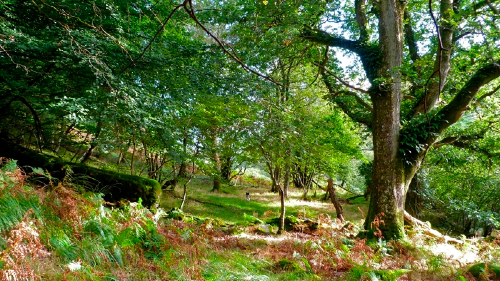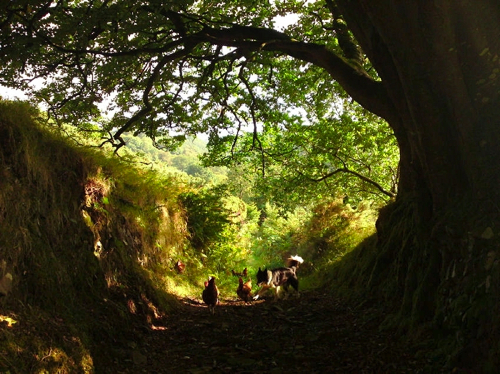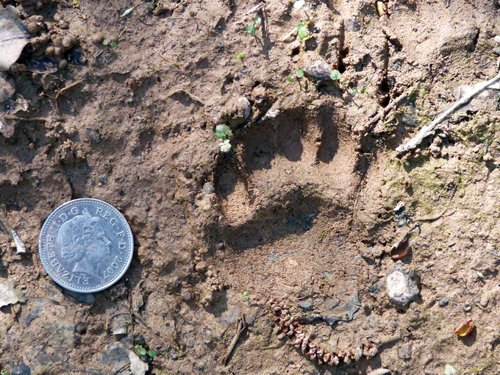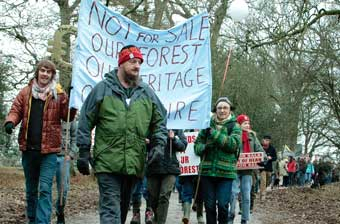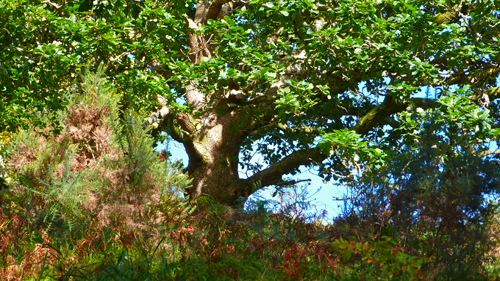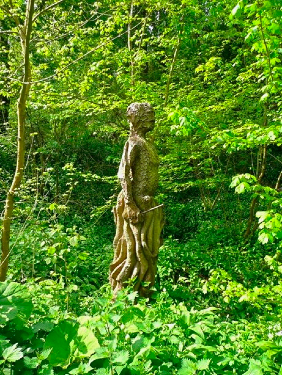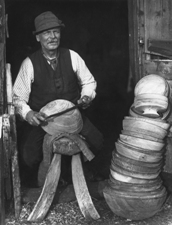The biggest surprise to me is that my main cry is for the Government to ask the big questions first about what we want before proposing solutions and now I find they have asked those questions [less than 2 years ago]; and got answers; but that the proposed solution bears no relation to what they found out! So, read on to follow this sorry tale; it’s all there for those that dig…
2009 Consultation – Overview
The Consultation was called – “The long-term role of the Public Forest Estate in England”. It ran from 6th July 2009 until 28th September 2009. There were public meetings, questionnaires for woodland users, commissioned research and targeted discussions with key stakeholders and even a twenty minute podcast on the Forestry Commission website as well as the normal crop of formal supporting impact assessments and so on.
In the normal way, the FC published the results of the consultations but, unusually, they seem to have done much more than ask for simple answers to the questions they posed. They also commissioned research to look at a whole range of issues including social and economic research and environmental and landscape issues and a horizon scan of Future Issues.
There is an unbelievable amount of data; but just looking at the highlights would make anyone wonder what the Government thought it was doing when it launched the consultation on the disposal of the Public Forest Estate.
In a nutshell the consultations said that people place a particular value on the size of the estate and what they see as the trusted brand of the Forestry Commission as its managers. And that the Forestry Commission is seen as an exemplar body with management responsibility for an important part of the Nation’s heritage.
2009 Consultation – Social Research
The social research told Government that over half of the population visits woodlands and that many expressed a strong emotional connection with trees and woodlands, and associated a wide range of benefits with them.
People expected more intangible public benefit from the PFE compared to private woodland and for all woods they prioritised wildlife habitat provision followed by recreation, landscape conservation, climate change mitigation and education.
Many participants felt that the PFE was run cost-effectively; some were surprised how little public resource was actually used. (Find out more about the Social Study Final Report)
2009 Consultation – Economic Research
The economic research told Government that, under the assumptions used in this report, the main sources of value from the forest estate are recreation, greenhouse gas regulation and aesthetic value. Overall, benefits are an order of magnitude greater than costs, in all scenarios. But the best performing scenario under economic valuation is “recreation focus” which achieves high values due to the aesthetic and recreational importance of urban community woodlands, and the recreation benefits of woodlands with significant investments in leisure facilities due to the number of visitors.
2009 Consultation – Environmental Report
The environmental report illustrated the Forestry Commission’s success in contributing to the country’s environment through their management plans. These are sensitive to competing environmental factors and the report covers, in particular, the increase in the number of restored PAWS sites, amount of native woodland habitat and the SSSIs in favourable or recovering condition. All of which demonstrated FC’s active role in promoting environmental issues.
2009 Consultation – Landscape Report
The landscape report looked to the development of the European Landscape Convention (ELC) and while it made no recommendations as to the future of the PFE it recognised the value of FC working with other organisations on implementation of the ELC and other landscape initiatives with respect to the PFE. The inference was that breaking up the PFE would make implementing the convention more difficult.
2009 Consultation – Futures Report
The horizon scan in the futures report recognised that the role of the Public Forest Estate would change in response to social, economic environmental and other factors but suggested that its potential value to the public (socially, economically and environmentally) will generally increase in the future.
It thought the debate about land-use and climate-change meant there would be a high level of demand for the PFE to be permanent, resilient and managed to high quality. While it suggested the PFE must continue its role as an exemplar in demonstrating public benefits, and promote itself for its ability to both create and deliver policy efficiently and effectively, it recognised the need for the PFE to evolve to focus on its key targets, shedding areas of work as necessary within its current remit, and incorporate more crosscutting delivery.
It saw ‘Government finances’, as a main threat to this in the future.
What’s the point of a PFE disposal?
I am amazed that given this evidence the next stage of the process was a proposal about how to dispose of the whole of the PFE. I think that it gives us a wealth of detailed, and pretty recent, evidence of what the public wants from the PFE.
Despite the acknowledgement that what is affordable will make a big difference to the fate of the PFE the economic arguments, reinforced by the Impact Assessment attached to this consultation, cannot be the reason for Government turning its back on the messages from the 2009 consultation. And while I have a lot of sympathy for the argument that reorganisation of the FC is needed to ensure a proper separation of roles; that is also not a reason to suggest wholesale disposal of the PFE.













